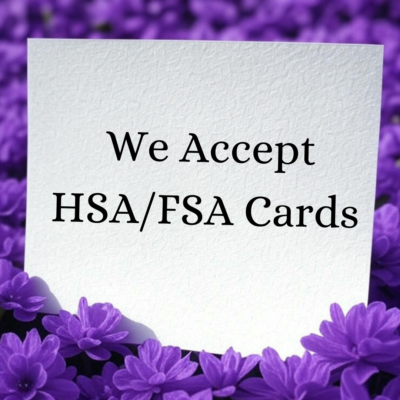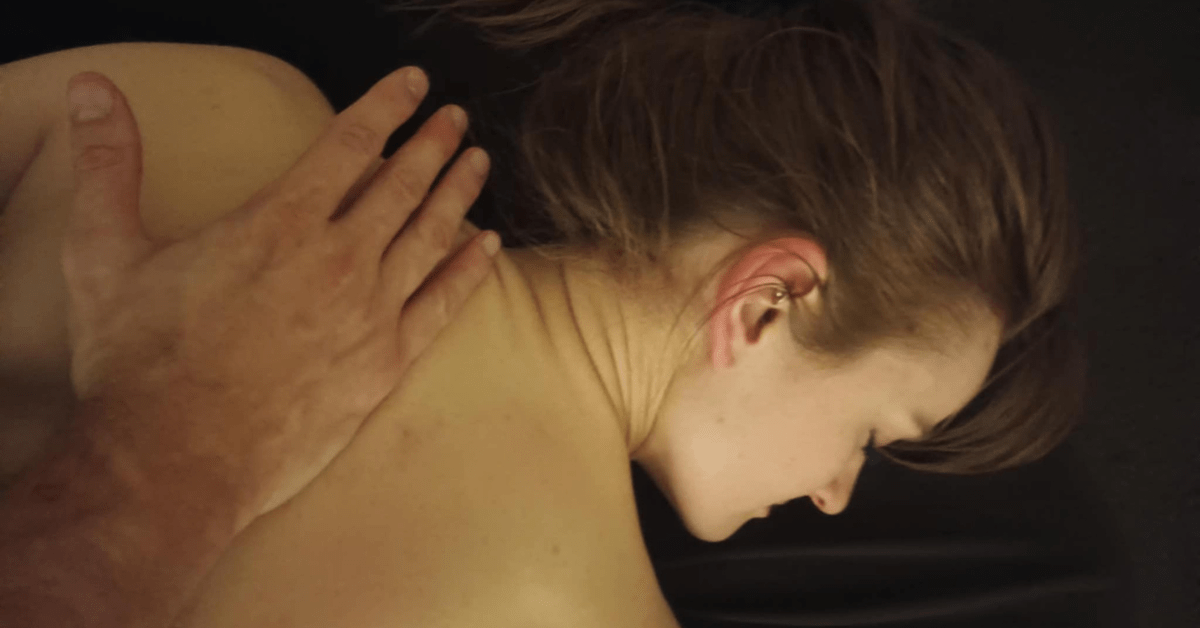The Ultimate Guide to Pain Management Massage
Are you looking for a therapeutic solution to alleviate discomfort and promote relaxation? Pain management massage offers targeted relief by combining advanced techniques with a calming environment to help you discover the relief you need.
What is Pain Management Massage?
This service focuses on one or two areas of discomfort in a sixty-minute session, up to three in a 90-minute, and four at 120-minute session. It is a precision-type massage that provides adequate time for your therapist to investigate and address your pain—using modern pain science, evidence-based techniques, and the virtues of massage: empathy, creativity, and humility.
Your massage therapist will modify the session to your needs, either performing the massage while you remain clothed or using draping methods with a sheet and blanket while on the table. For this reason, please bring stretchy gym apparel or soft clothing to your appointment.
This treatment should feel good throughout the session. If you experience pain or discomfort, please inform your therapist. You can expect to feel an array of sensations within a massage; these include pleasure, “rewarding,” meh, and “hurts so good.”
Will my massage treatment feel good? Yes. Every massage you receive should feel good, even when the therapist uses advanced therapeutic techniques.

Benefits of Pain Management Massage
- It helps relieve chronic pain and tension.
- Encourages deep relaxation by calming the nervous system.
- It helps retrain the brain’s response to touch and movement.
- It encourages a positive feedback loop for long-term pain relief.
How Massage Relieves Pain
Pain creates anxiety, which creates more pain. When pain is localized, it is challenging enough; once it feels like it is everywhere, it seems impossible to escape.
When discomfort is localized, retraining the brain’s perception of pain is easier because we can dial into those areas and provide the pain system with the reassurance it needs to know it is okay. When the pain is nonspecific, the first step of pain management massage is to reduce anxiety.
Reducing your anxiety level may seem like an impossible task, but life is bright and beautiful. There is always room for hope, joy, and faith. I want you to know that better days are on the way.
Pain management massage addresses nonspecific pain by integrating full-body massage into your treatment plan. If you are hurt all over, we need to introduce pleasure and peace into your life so we can dial into the source of your strife.
In pain management, the goal is to down-regulate the sympathetic nervous system so we may up-regulate the parasympathetic nervous system. In effect, we are lowering the intensity of your fight-or-flight mechanism so we may encourage you to rest and digest.
We accomplish this with techniques that feel good. We want to reassure your brain that our touch is safe, and we are here to help you feel magnificent in wonderful ways.
In pain management massage, each technique aims to help retrain your brain’s perception of touch and movement. When your body feels good, it encourages a positive feedback loop, which, over time, will retrain the way your brain interprets the signals it receives.
The more pain you experience, the better your brain becomes at creating pain. The same is true with signals that feel good, so the focus of the treatment is for you to feel amazing.
There are instances when a degree of discomfort is beneficial; this is referred to as “hurts so good.” In your session, every sensation should be pleasurable, so if you begin to experience pain, let your therapist know.
Techniques Used in Pain Management Massage
Pain management massage uses evidence-based approaches to help improve your quality of life. These include myofascial release, trigger point therapy, cupping, deep tissue philosophy, hot stone massage, cold therapy, scraping, percussion, and vibration tools.
What to Expect During Your Session
The environment of your session will be peaceful, warm, and cozy to help you relax. The table will be heated, soft, and supportive, the sheets silky and smooth, and you will feel like you are lying in the most comfortable cocoon.
The first focus of your massage is to encourage you to relax and feel safe. Your comfort helps the central nervous system trust the therapist’s touch. Feeling secure and comfortable is essential because your muscles may contract as a defense response if you aren’t relaxed.
When muscles contract, they become armor for the body. As a result, alleviating deep muscle pain becomes more challenging because massaging them may cause discomfort.
Pain management massage focuses on your brain because it decides what is and is not pain. For this reason, your therapist will interact with your pain system like a baby. When a baby hurts or is afraid, it communicates with us by screaming; the nervous system does the same.
If a baby is screaming in her crib, we could yell at her to quiet down, but this pause only lasts a moment, and in mere seconds, the child will be screaming again and louder.
When we approach pain management through massage, we must be gentle, loving, and nurturing. In effect, we need to treat the body in the same way we would a baby. Like a baby crying in her crib, we must start by picking her up and offering her kindness, patience, and love. We want her to know she is safe and in good hands.
Once she calms down, we can investigate to see what she needs. Does she need her diaper changed or a new bottle? Once we have addressed her needs, we nurture her again and lay her back in the crib so she may fall asleep again.
When our bodies hurt, we must treat them and the central nervous system like babies. We must ensure they feel safe, comfortable, and cared for. Like children, they need to know they are in good hands.
How do you get rid of muscle knots?
People often ask me what muscle knots are and how they can eliminate them. I tell my clients I do not focus on or search for muscle knots. The reason is that everyone’s body is different; most knots are not knots, and I trust their pain testimonial over what I feel with my hands.
With that said, I do believe in knots, but they are rare. Often, people think they have knots on their backs because someone told them they did. Since these areas hurt, these bumps become the target of constant poking and prodding. In many instances, these bumps are healthy and normal landmarks of the body.
I refrain from telling my clients they have knots for two reasons.
- I aim to provide hope, inspire you, and encourage you to have a positive relationship with your body. When someone tells us we have a muscle knot, it creates a negative association with our body. In a world that attacks our spirit from every angle, there are enough negative influences in our lives; I want to uplift you and guide you toward living your best life.
- When we believe we have a knot, we blame all of our pain on it. As a result, we overfocus on it, which leads us to over-massage it. If the muscle knot is a trigger point, it worsens the pain. If the knot was a healthy area of your body, it creates pain that wasn’t there in the first place.
Conditions and Pathologies of Interest
Pain Management Near O’Fallon
If you live in the O’Fallon area and need pain relief, schedule a pain management massage today. Our spa is between Highway 70 and 364, at 2717 Hwy K O’Fallon, MO, 63368.
